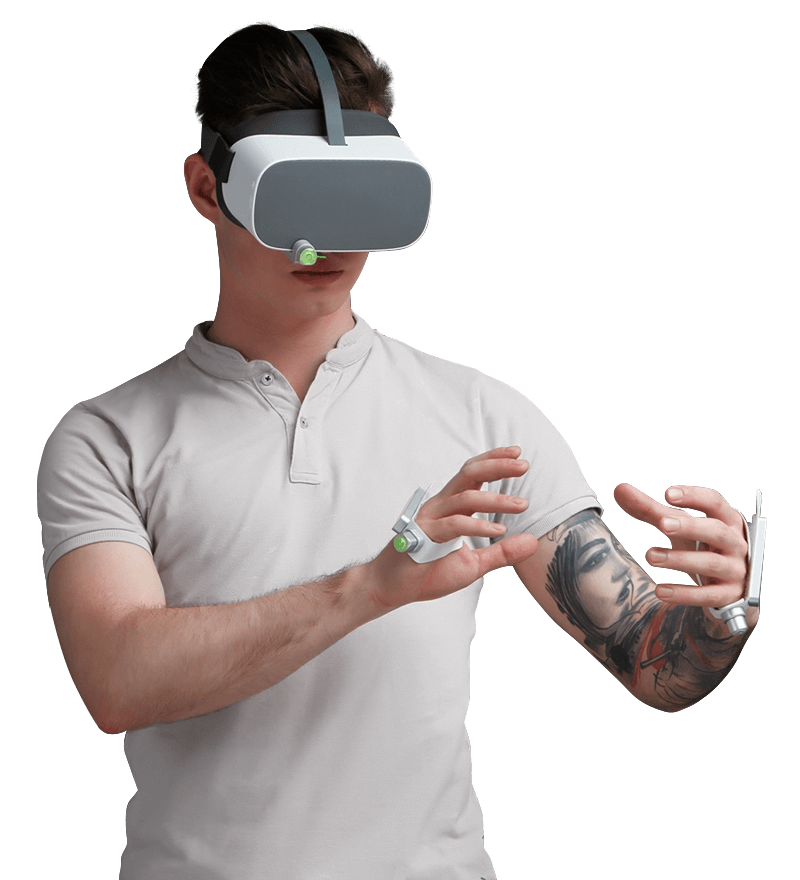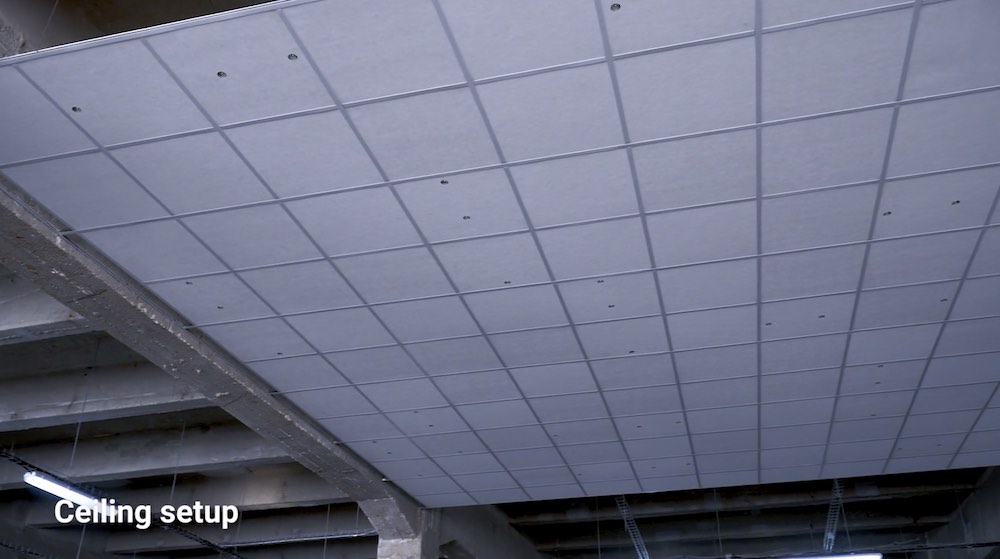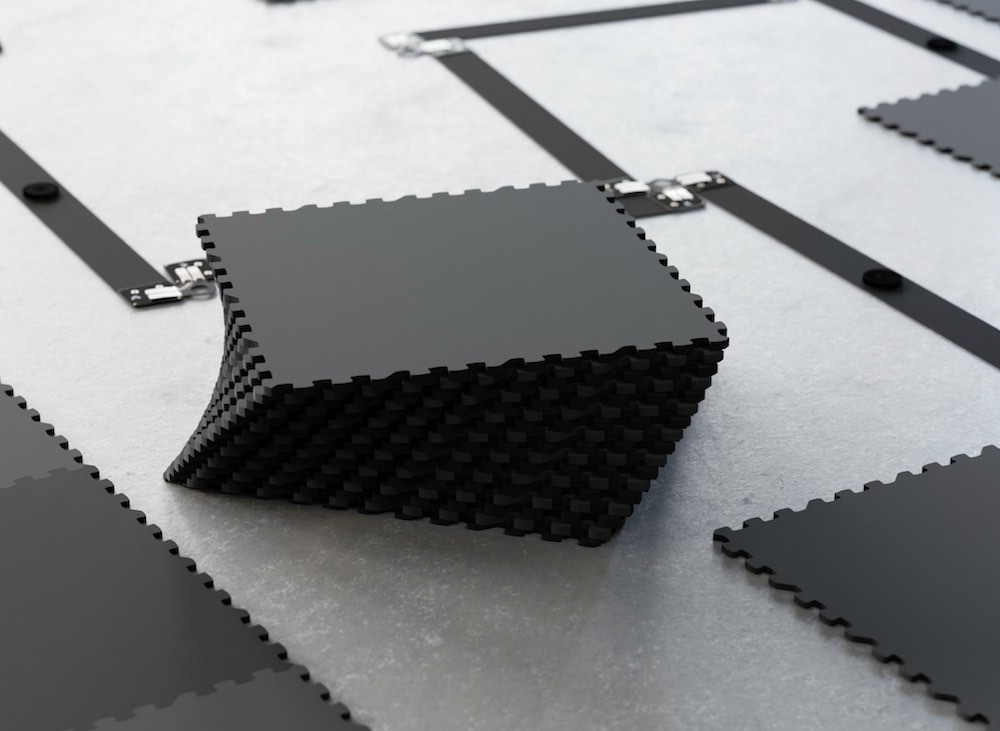Antilatency SDK Now Supports Full Body Tracking for Oculus Quest
Russian startup Antilatency continues to work on developing its modular tracking system for companies as well as arcade operators. The company has announced various hardware and software updates to its modular tracking system.

The new updates include Oculus Quest support as well as a new for software development kit (SDK) that provides for ease of implementation. Antilatency’s custom tracking solutions now include a ceiling setup as well as a custom six degrees of freedom (6DoF) controller which suit enterprise solutions and location-based VR experiences implementations.
The Antilatency tracking technology operates through a small external “HMD Radio socket” device. This device has to be mounted on the headset. The company has expanded support for the Tag peripheral to include Oculus Quest. This offers full-body tracking where the Antilatency tracers execute head and foot tracking while hand tracking is performed by the native Oculus Quest controllers. Antilatency’s custom tracker device works with the Antilatency system and will most probably connect to Oculus Quest via a USB-C port.

Along with the Oculus Quest support, the company has also added a new Antilatency software development kit (SDK) which will provide for a more flexible configuration of the system to support the various use-cases. It also improves on the erstwhile iterations of the tracking technology. This will work alongside the new ceiling set up option for tracking that leverages the same technology that was in the previous floor-based system which used infrared lights. However, the new system now makes use of wires and markers that are placed on a suspended ceiling rig.
The company has stated that the ceiling option is not as flexible or even as mobile as the floor mat option. However, the ceiling option works well for situations where objects are positioned on the floor in the playspace or where there are real walls present which are also co-existing in the virtual world.

Antilatency has also added a 6DoF controller known as ‘The Bracer’ seen above. The controller is also “ultra-light” and is mounted on the user’s writs. This frees up the user’s hands to be used on grabbing objects without holding any controller. It will come in handy in scenarios where the user wants to hold an external peripheral like a gun in location-based entertainment arcades without interfering with the tracking.
The Antilatency Tracking System
The Antilatency tracking system includes a 12-gram tracing camera along with a tracking floor which consists of modularly expandable foam tiles. The tiles are embedded with infrared markers which the camera uses to determine its position in the room.
Due to the different bases, the camera can be attached to the user’s body with virtual reality headsets, controllers, physical objects or for full body detection. Users can freely choose the number of cameras that they can use. The number shouldn’t be limited.
New Hardware Uses a Tracking Blanket Rather than Tracking Floor
The new Antilatency hardware relies on a ‘Bracer’ which is a 16-gram 3D controller which is attached to the back of the end, just like in the Valve controller. This allows the hands to be opened and frees it up to perform other functions.
The tracking device recognizes the wearer when they reach for objects or open their hands. The tracking data is then transmitted wirelessly. How the controller works can be seen in the video below (courtesy of MIXED.DE):-
There is also another new feature which offers the option for the controller to conspicuously attach the modular tracking carpet to the ceiling. While this technology remains largely unchanged, it now makes use of separate markers and cables.
Full-Body Tracking for Oculus Quest
Antilatency is recommending that users install the tracking system on the ceiling if the interactive physical objects have to be placed on the floor, if real or virtual corridors run on the usable area or if the mechanical platforms are used. All of these three scenarios can obtain in the technically more sophisticated virtual reality arcades.
For the software, the SDK is now version 1.0.0. It also incorporates new comfort functions along with more flexible configurations for the tracking system.
The highlight of the update to the software development kit is the support for full body tracking for Oculus Quest. This is enabled by two specially developed tracking rails which are attached to the shins as seen the video below:-
With the new hardware and software updates, Antilatency is currently well-positioned to be implemented at the enterprise level for location-based experiences and training situations. You can read more about the technology and the updates on the Antilatency website.
https://virtualrealitytimes.com/2020/01/22/antilatency-sdk-now-supports-full-body-tracking-for-oculus-quest/https://virtualrealitytimes.com/wp-content/uploads/2020/01/Antilatency-Supporting-Full-Body-Tracking-for-Oculus-Quest-582x640.pnghttps://virtualrealitytimes.com/wp-content/uploads/2020/01/Antilatency-Supporting-Full-Body-Tracking-for-Oculus-Quest-150x90.pngHardwareOculus QuestTechnologyVR HeadsetsRussian startup Antilatency continues to work on developing its modular tracking system for companies as well as arcade operators. The company has announced various hardware and software updates to its modular tracking system. The new updates include Oculus Quest support as well as a new for software development kit (SDK)...Sam OchanjiSam Ochanji[email protected]EditorVirtual Reality Times - Metaverse & VR
